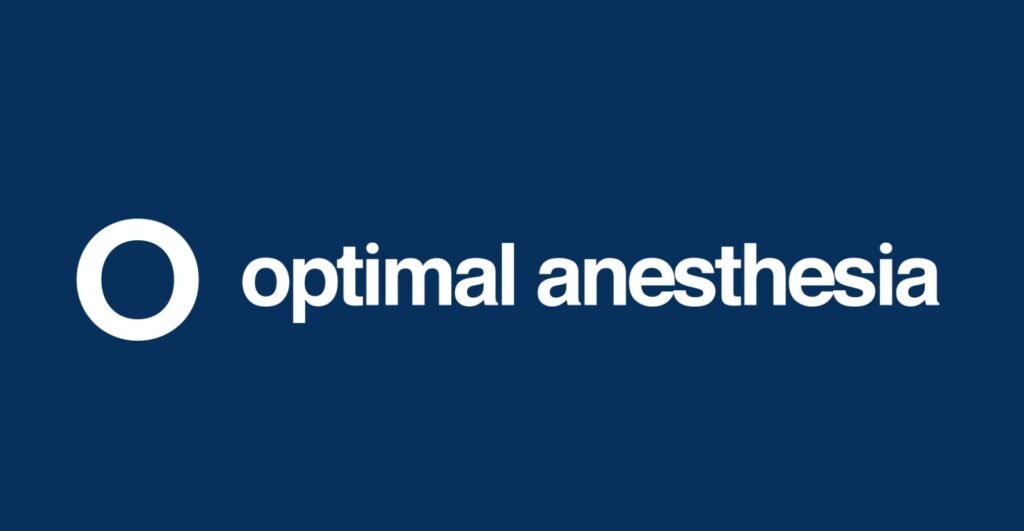Unlocking Cirrhotic Cardiomyopathy (CCM):
In the hidden realm of health, Cirrhotic Cardiomyopathy (CCM) silently impacts up to 50% of cirrhosis cases. This cardiac enigma, revealed in 1953, orchestrates impaired cardiac responses, a hyperdynamic circulatory dance, and electrophysiologic abnormalities, notably QT prolongation. Stress-induced manifestations veil its presence, while risk factors like alcohol use disorder and hemochromatosis add complexity. A glimmer of hope lies in liver transplantation, offering potential improvement or reversal. However, without a standardized treatment, the challenge persists, urging the medical community to unravel CCM’s secrets for clarity in this intriguing medical landscape.
Cirrhotic Cardiomyopathy Overview:
- Etiology:
- Cirrhotic cardiomyopathy primarily results from cirrhosis, independent of its cause.
- Alcohol use disorder and hemochromatosis contribute additional risk factors for cardiac dysfunction.
- No identified genetic predisposition for CCM.
- Correlation with Liver Disease Severity:
- Direct correlation between the severity of liver disease, assessed by the Model For End-Stage Liver Disease (MELD) score, and the extent of cardiomyopathy.
Epidemiology:
- Prevalence and Symptomatology:
- Patients with CCM are generally asymptomatic with near-normal cardiac function, except during stress.
- Estimated myocardial compromise in up to 50% of cirrhosis patients.
- Categorization in Liver Disease Progression:
- Most patients with moderate to advanced cirrhosis (Child-Pugh Class B or C) present with at least one CCM feature (e.g., QT prolongation or diastolic dysfunction).
- Liver Transplantation Impact:
- Nearly 50% of cirrhosis patients undergoing liver transplantation develop signs of cardiac dysfunction in the peri-operative period.
- 7% to 21% mortality from heart failure observed in months following transplant.
- Demographic Associations:
- Limited studies suggest higher prevalence in:
- Males
- Individuals over 50 years old
- Patients with cirrhosis secondary to alcohol abuse.
- Limited studies suggest higher prevalence in:
Cirrhotic Cardiomyopathy: Simplified Pathophysiology
- Impaired Stress Response:
- Cause: Combination of autonomic dysfunction, changes in cell membrane composition, ion channel defects, and increased production of heart-depressant factors.
- Central Hypovolemia in Overloaded State:
- Why: Splanchnic vasodilation from nitric oxide, carbon monoxide, and endocannabinoids.
- Result: Decreased systemic vascular resistance compensates for cardiac dysfunction, making patients asymptomatic at rest.
- Functional Hypovolemia Triggers Compensatory Response:
- Activation: Renin-angiotensin-aldosterone system and sympathetic nervous system.
- Effect: Downregulation of beta-adrenergic receptors, leading to chronic autonomic dysfunction.
- Cell Membrane Changes:
- Issue: Elevated cholesterol content.
- Consequence: Altered membrane fluidity, disrupting receptor function.
- Electrical Changes Leading to QT Prolongation:
- Problem: Decrease in L-type calcium channels and potassium channels.
- Result: Prolonged action potential duration, causing QT prolongation.
- Calcium Chaos and Cell Death:
- Consequence: Dysregulation of Na/Ca channels.
- Outcome: Massive calcium influx, stimulating cardiomyocyte apoptosis.
- Structural Changes in Heart:
- Result: Prolonged action potentials cause impaired myocyte relaxation.
- Outcome: Leads to eccentric left ventricular hypertrophy and diastolic dysfunction.
- Progression to Systolic Dysfunction:
- Cause: Impaired energy metabolism and reduced myocardial reserve over time.
Systematic Evaluation of Cirrhotic Cardiomyopathy:
- Clinical Presentation:
- Typically asymptomatic due to compensatory peripheral vasodilation.
- Stress-induced hemodynamic changes may lead to acute heart failure symptoms.
- Suspect in patients with moderate-to-advanced cirrhosis (Child-Pugh Class B or C) exhibiting exercise intolerance, worsening fatigue, and/or peripheral edema without known cardiac disease.
- Physical Examination:
- Often unremarkable at rest, but signs of congestive heart failure may appear under stress.
- Classic findings: Peripheral edema, jugular venous distention, third/fourth heart sounds.
- Note concurrent signs of liver disease during examination.
- Evaluation Criteria (2005 WCG):
- Systolic dysfunction evidence:
- Blunted increase in cardiac output.
- Left ventricular ejection fraction <55%.
- Diastolic dysfunction evidence:
- E/A ratio <1.
- Mitral deceleration time >200 milliseconds.
- Isovolumetric relaxation time >80 milliseconds.
- Supportive criteria: Electrophysiological abnormalities, enlarged left atrium, increased ventricular wall thickness, elevated brain-type natriuretic peptide, and increased troponins.
- Systolic dysfunction evidence:
- Laboratory Workup:
- Confirm cardiac involvement with:
- Atrial natriuretic peptide (ANP).
- Brain natriuretic peptide (BNP) or its prohormone N-terminal pro-BNP (NT-proBNP).
- Troponin I.
- Optionally, galectin-3 as a marker of cardiac fibrosis.
- Confirm cardiac involvement with:
- Electrocardiogram (EKG):
- Identify early signs of CCM with QT prolongation.
- Note diurnal variations due to changes in autonomic nervous and circulatory systems.
- Chest X-ray:
- Typically normal but may reveal cardiomegaly or pulmonary edema.
- Echocardiography:
- Essential for diagnosis.
- Assess diastolic and/or systolic dysfunction.
- Use speckle tracking for further ventricular function analysis.
- Stress Tests:
- Confirm diagnosis by demonstrating a blunted cardiac response, consistent with CCM manifestation under stress.
- Chemical or exercise stress tests under controlled conditions.
- Standard Medical Therapy:
- Medications:
- Angiotensin-converting enzyme (ACE) inhibitors or angiotensin receptor blockers (ARBs).Loop and thiazide diuretics for hypervolemia management.Aldosterone receptor antagonists to improve hemodynamics.Beta-blockers, particularly carvedilol, may be utilized.
- ACE inhibitors cautioned in Child-Pugh classes B or C.Non-specific beta-blockers, like carvedilol, may be preferred.
- Indications:
- Systolic and diastolic dysfunction.QT prolongation.
- Consider transplantation early in the management plan.Cardiac benefits observed within 3 to 12 months post-surgery.
- Extent of cardiac normalization post-transplantation.
- TIPS Placement:
- Not expected to improve cardiomyopathy.Primarily used for reducing portal hypertension.
- Post-Transplant Monitoring:
- Regular assessment of cardiac function.Evaluation of QT prolongation reversal.
- Tailor medications based on post-transplant outcomes.
- Multidisciplinary Team:
- Involvement of hepatologists, cardiologists, and transplant specialists.Continuous communication for optimized patient care.
- Adherence to Medications:
- Emphasize the importance of medication compliance.Educate on potential side effects and their management.
- Ongoing Studies:
- Monitor emerging treatments and protocols for CCM.Stay updated on advancements in the field.
- Medications:
- Confirm diagnosis by demonstrating a blunted cardiac response, consistent with CCM manifestation under stress.


